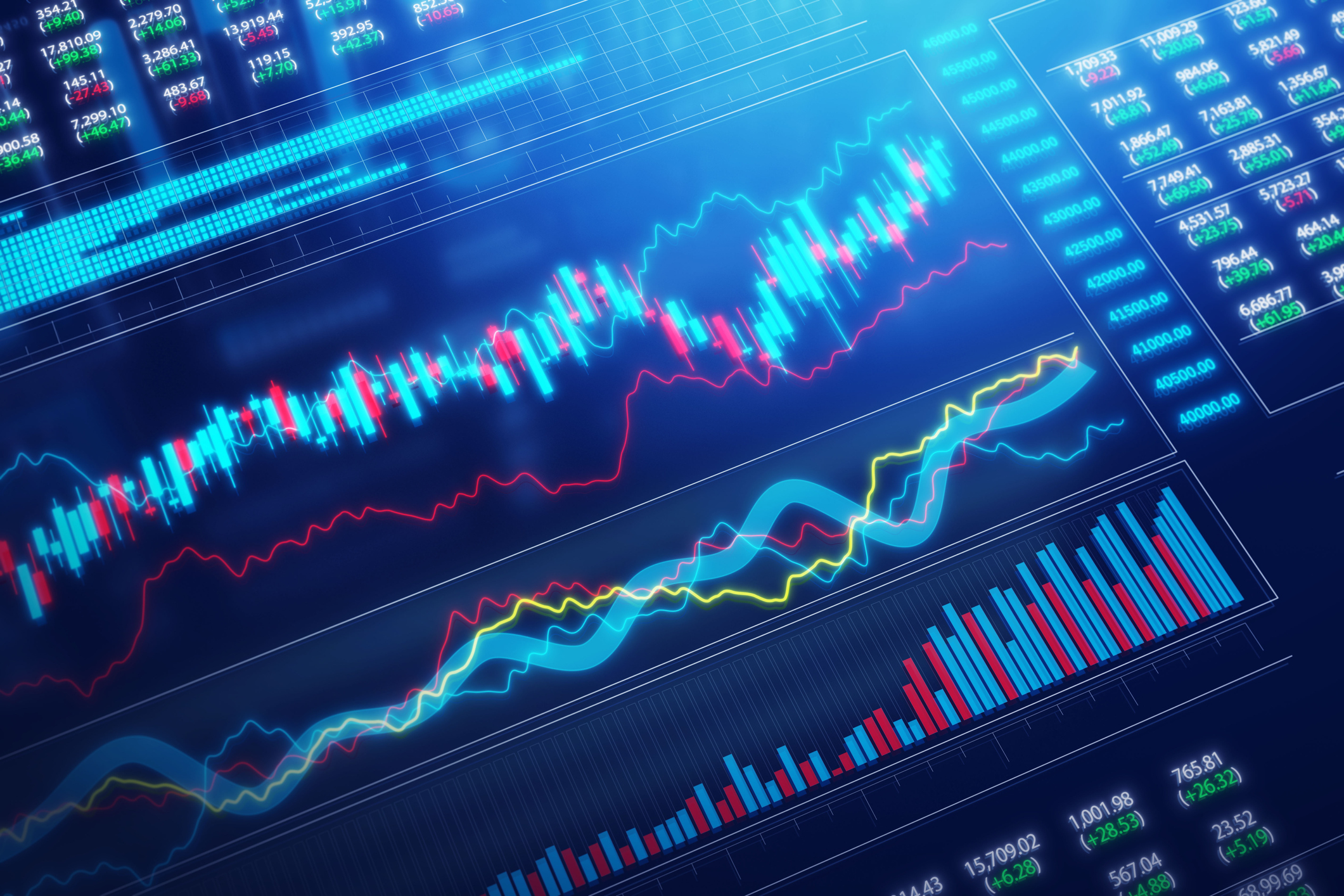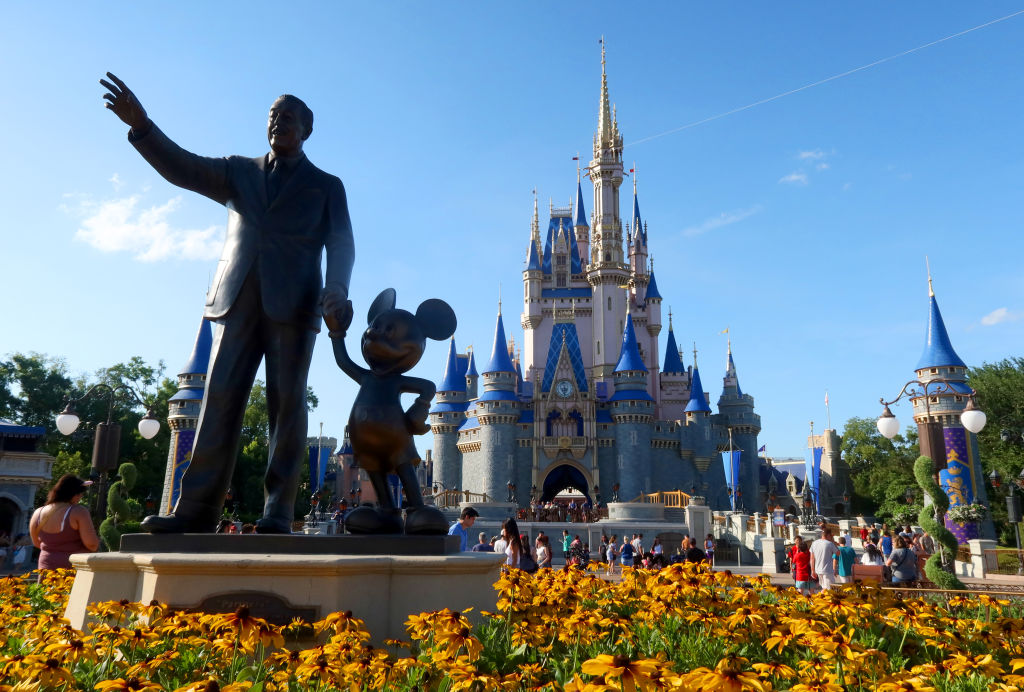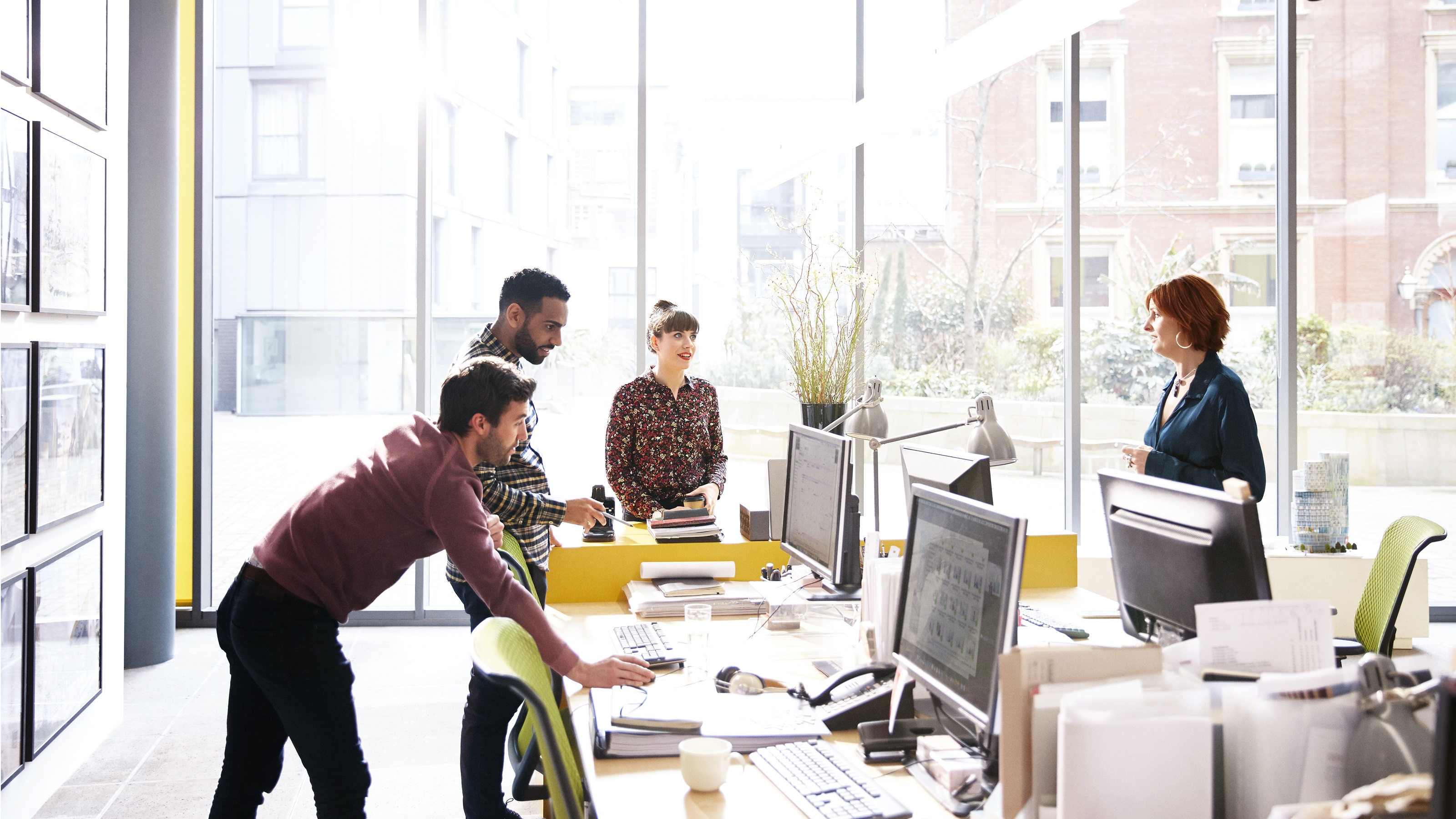Modest Inflation, Modest Economic Growth Ahead
The economy may be stuck in a pattern of sluggish gains, but at least consumer prices are behaving.

The latest official measurement of prices shows no sign of imminent deflation and not much inflation. That leaves monetary policymakers searching for clues about what lies ahead and also with the flexibility to do nothing for the time being.
We expect more of the same into next year. The Consumer Price Index overall rose 0.3% in August, fueled largely by a statistical increase in gasoline prices. Actual pump prices didn’t change much from July to August, but they usually decline. In CPI calculations, that translates into an increase of nearly 4% for gasoline costs. Aside from that, prices of fruits and vegetables rose, as did costs of medical care, airline fares and both new and used cars. Apparel declined, as did the cost of recreation.
At the end of the day, the report gives Federal Reserve Chairman Ben Bernanke more time to wait and see before making a move. He’ll seek more stimulus -- probably in the form of Fed purchases of Treasuries or ending the practice of paying interest on reserves held by banks -- only if the economy weakens. At the same time, he’s not inclined to agree with some members of the policy-setting Federal Open Market Committee who fear that the long period of rock-bottom interest rates is paving the way for prices to surge when the economy kicks into high gear. They want interest rates raised now, despite the sluggish economy.
From just $107.88 $24.99 for Kiplinger Personal Finance
Become a smarter, better informed investor. Subscribe from just $107.88 $24.99, plus get up to 4 Special Issues

Sign up for Kiplinger’s Free Newsletters
Profit and prosper with the best of expert advice on investing, taxes, retirement, personal finance and more - straight to your e-mail.
Profit and prosper with the best of expert advice - straight to your e-mail.
The fact is, there are plenty of signs that show an economy that is growing, but at a modest pace. The monthly tally of the length of the average workweek, for example, has regained half of the ground it lost during the downturn, although it’s still short of its prerecession norm of 34.6 hours. Keeping workers on the job longer doesn’t deliver the same kind of boost to the economy that new hiring does. But the trend is up, and working more hours does put more money in employees’ pockets.
In another hopeful signal, retail sales posted a solid gain in August and are on track to increase about 4% this year. Sales in the all-important holiday season should be up about 3% in 2010 -- no boom, but much better than the 1% gain in 2009. Broader consumer spending, which includes services as well as goods, is likely to increase 2%, a decent, if unspectacular, gain for the 70% of gross domestic output accounted for by consumer spending.
Looking ahead at inflation, we expect the 2010 CPI increase to wind up just under 1% by December, picking up the pace to a still low 1.5% in 2011. For the past 12 months, the CPI is up 1.1%. Core inflation, which excludes both the volatile energy and food sectors and is therefore a better gauge of underlying trends, will also rise modestly. Flat in August, the core CPI rose 0.9% over the past 12 months and will likely remain subdued. It’s heavily influenced by rents, and a slack economy is keeping the lid on.
But deflation at the core level remains unlikely. The economy is gradually reducing slack in employment and capacity use, leading us to think that modest inflation is a more likely scenario through 2011.
Profit and prosper with the best of Kiplinger's advice on investing, taxes, retirement, personal finance and much more. Delivered daily. Enter your email in the box and click Sign Me Up.

-
 Nasdaq Leads as Tech Stages Late-Week Comeback: Stock Market Today
Nasdaq Leads as Tech Stages Late-Week Comeback: Stock Market TodayOracle stock boosted the tech sector on Friday after the company became co-owner of TikTok's U.S. operations.
-
 Disney’s Risky Acceptance of AI Videos
Disney’s Risky Acceptance of AI VideosThe Kiplinger Letter Disney will let fans run wild with AI-generated videos of its top characters. The move highlights the uneasy partnership between AI companies and Hollywood.
-
 Ask the Editor: Itemized Deductions
Ask the Editor: Itemized DeductionsAsk the Editor In this week's Ask the Editor Q&A, Joy Taylor answers questions on itemized deductions claimed on Schedule A of Form 1040
-
 Disney’s Risky Acceptance of AI Videos
Disney’s Risky Acceptance of AI VideosThe Kiplinger Letter Disney will let fans run wild with AI-generated videos of its top characters. The move highlights the uneasy partnership between AI companies and Hollywood.
-
 AI Appliances Aren’t Exciting Buyers…Yet
AI Appliances Aren’t Exciting Buyers…YetThe Kiplinger Letter Artificial intelligence is being embedded into all sorts of appliances. Now sellers need to get customers to care about AI-powered laundry.
-
 What to Expect from the Global Economy in 2026
What to Expect from the Global Economy in 2026The Kiplinger Letter Economic growth across the globe will be highly uneven, with some major economies accelerating while others hit the brakes.
-
 The AI Boom Will Lift IT Spending Next Year
The AI Boom Will Lift IT Spending Next YearThe Kiplinger Letter 2026 will be one of strongest years for the IT industry since the PC boom and early days of the Web in the mid-1990s.
-
 Amid Mounting Uncertainty: Five Forecasts About AI
Amid Mounting Uncertainty: Five Forecasts About AIThe Kiplinger Letter With the risk of overspending on AI data centers hotly debated, here are some forecasts about AI that we can make with some confidence.
-
 Worried About an AI Bubble? Here’s What You Need to Know
Worried About an AI Bubble? Here’s What You Need to KnowThe Kiplinger Letter Though AI is a transformative technology, it’s worth paying attention to the rising economic and financial risks. Here’s some guidance to navigate AI’s future.
-
 Will AI Videos Disrupt Social Media?
Will AI Videos Disrupt Social Media?The Kiplinger Letter With the introduction of OpenAI’s new AI social media app, Sora, the internet is about to be flooded with startling AI-generated videos.
-
 What Services Are Open During the Government Shutdown?
What Services Are Open During the Government Shutdown?The Kiplinger Letter As the shutdown drags on, many basic federal services will increasingly be affected.